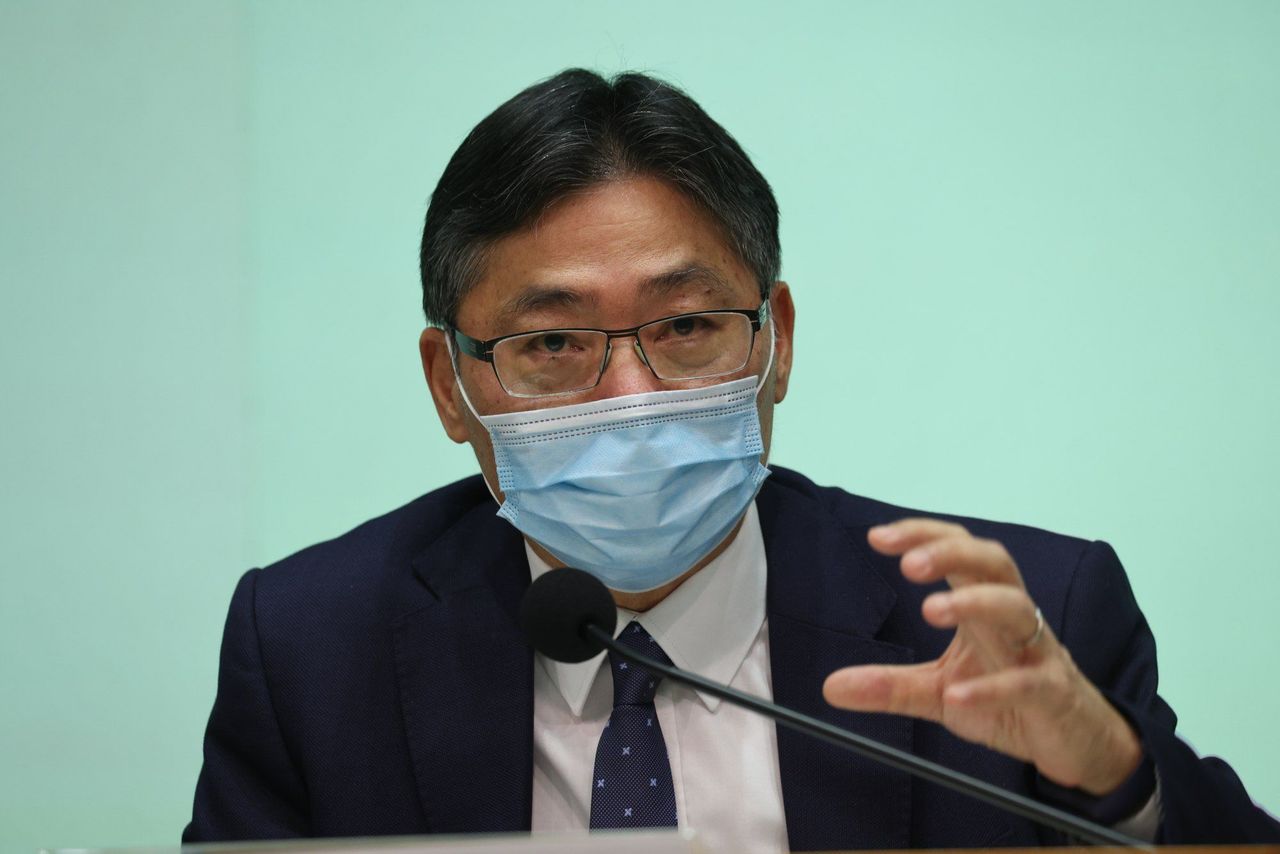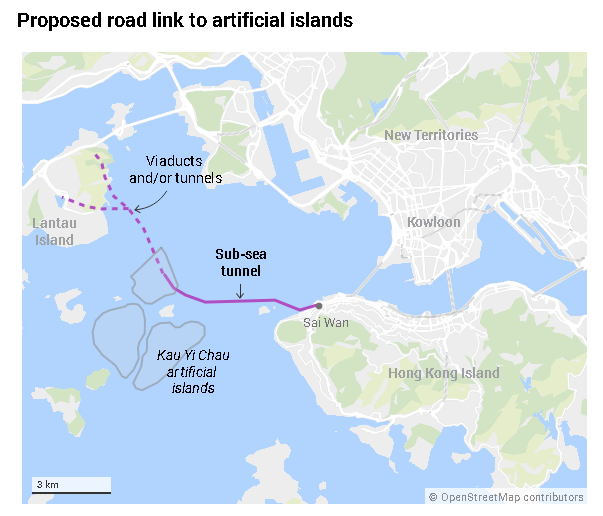Hong Kong News

‘New islands allow Hong Kong to build 4th tunnel without passing urban areas’
New artificial islands to be built near Lantau could allow Hong Kong to construct its fourth cross-harbour tunnel without going through congested urban areas, the city’s transport minister has said while discussing long-term strategies to tackle traffic issues.
Secretary for Transport and Logistics Lam Sai-hung’s laid out his reasoning on Saturday, a few days after the government announced its plan to adjust the tolls for the city’s three cross-harbour tunnels in an effort to redistribute an unbalanced traffic flow.
Lam conceded that a fourth crossing would be necessary as the city’s traffic flow exceeded the capacity of the three tunnels, even with the cross-harbour extension of the East Rail Line helping ease congestion.
 Secretary for Transport and Logistics Lam Sai-hung.
Secretary for Transport and Logistics Lam Sai-hung.
“Currently all [cross-harbour] tunnels go through Kowloon,” he said on a radio programme. “Could we have an opportunity to bypass Kowloon and [connect New Territories] to Hong Kong Island?”
He noted that the entrances of the existing cross-harbour tunnels were in West Kowloon, Hung Hom and Kwun Tong.
“Now it’s not easy to find a strategic location for another cross-harbour tunnel,” he said. “New Territories could be connected to Hong Kong Island via Kau Yi Chau. There is a strategic location here.”

The Kau Yi Chau Artificial Islands Development project, part of the Lantau Tomorrow Vision, will reclaim about 1,000 hectares of land and build three artificial islands. It is expected to house more than half a million people in space-starved Hong Kong, provide more than 200,000 jobs and develop the city’s third central business district.
With the latest proposed toll adjustment, Lam said the government expected the number of vehicles using the three cross-harbour tunnels could be reduced by 10 per cent.
Under the plan, fees for private vehicles would be raised up to HK$10 (US$1.27) for the Cross-Harbour Tunnel and the Eastern Harbour Tunnel, while the toll for the Western Harbour Tunnel, the most expensive link, would be cut by HK$15.
The plan, pending approval from the Legislative Council, is expected to take effect on August 2, while its second stage which involves introducing varying charges at different times could come into force no later than the end of the year.
Lam said people might change their travel method, schedules and tunnel choice as a result of the toll adjustments.
The government was also aiming to provide more car parks near transport facilities and offer concessionary parking fees to encourage private vehicle drivers to take public transport.
Lam revealed in another radio programme that the locations of those car parks could be in the New Territories West, saying there was heavy demand for transport among the 3 million residents living there.
The government was also considering limiting the number of private cars in the city, Lam said, adding that nothing had been confirmed yet but factors such as the economy, population and vehicle usage would be reviewed
Separately, Lam said he would ask the MTR Corporation to improve ticket services for the high-speed rail after some travellers complained of long wait times for purchasing tickets at the West Kowloon Station, ahead of its resumption on April 1.
“I am very concerned about it,” he said, noting that some elderly people might not be familiar with purchasing tickets online. “I will review with the MTR Corp how to improve ticket services.”
He said more staff and more counters could be added and that he would consider whether the tickets should be sold at more distribution points.











